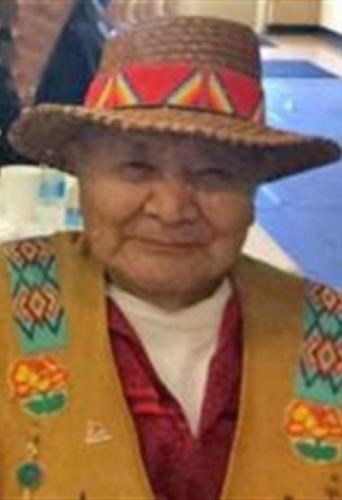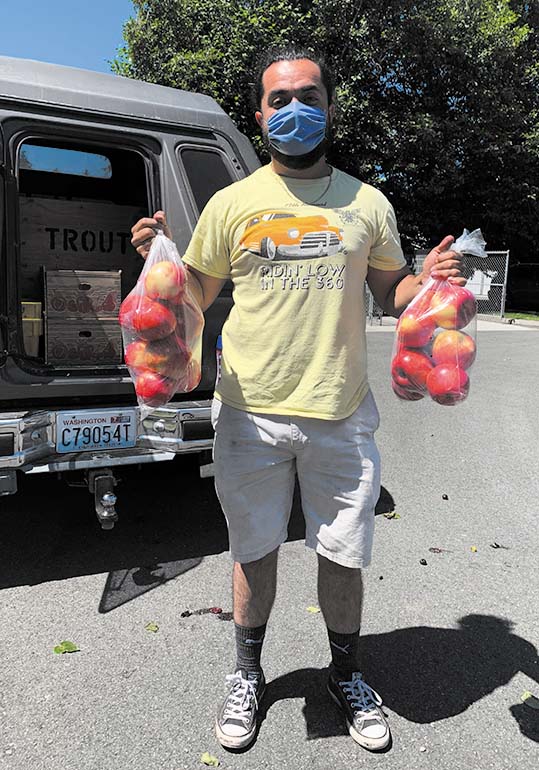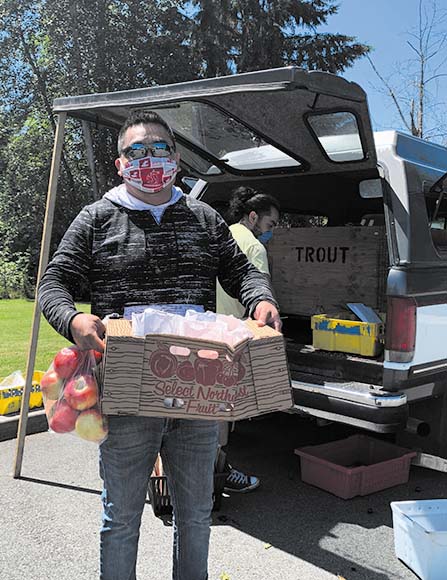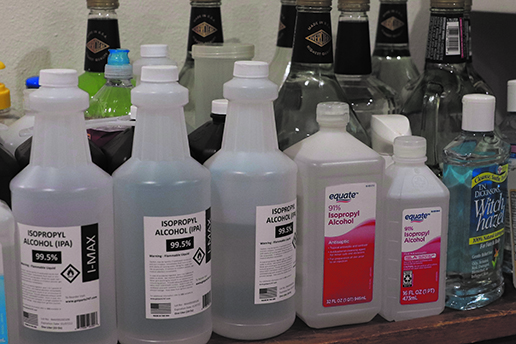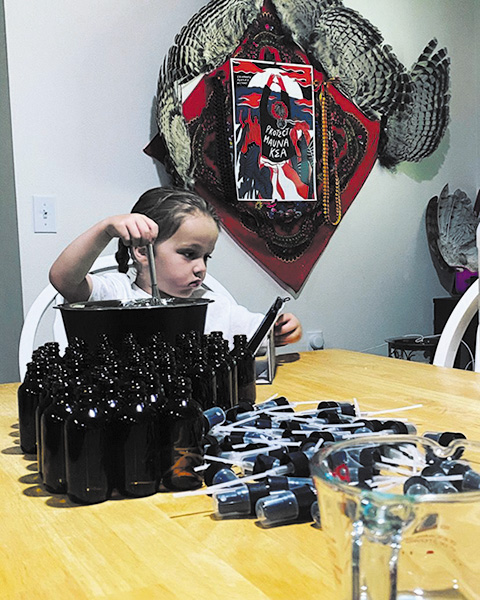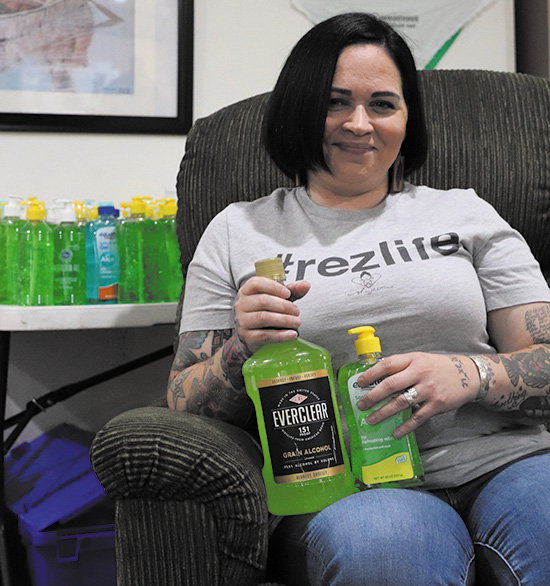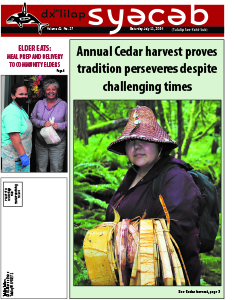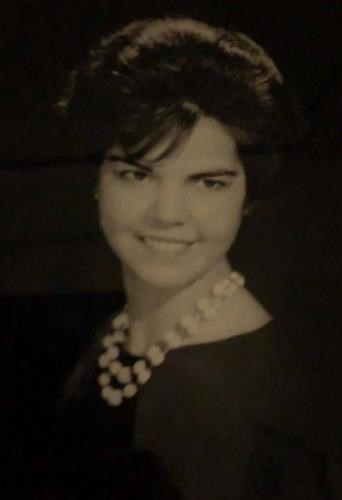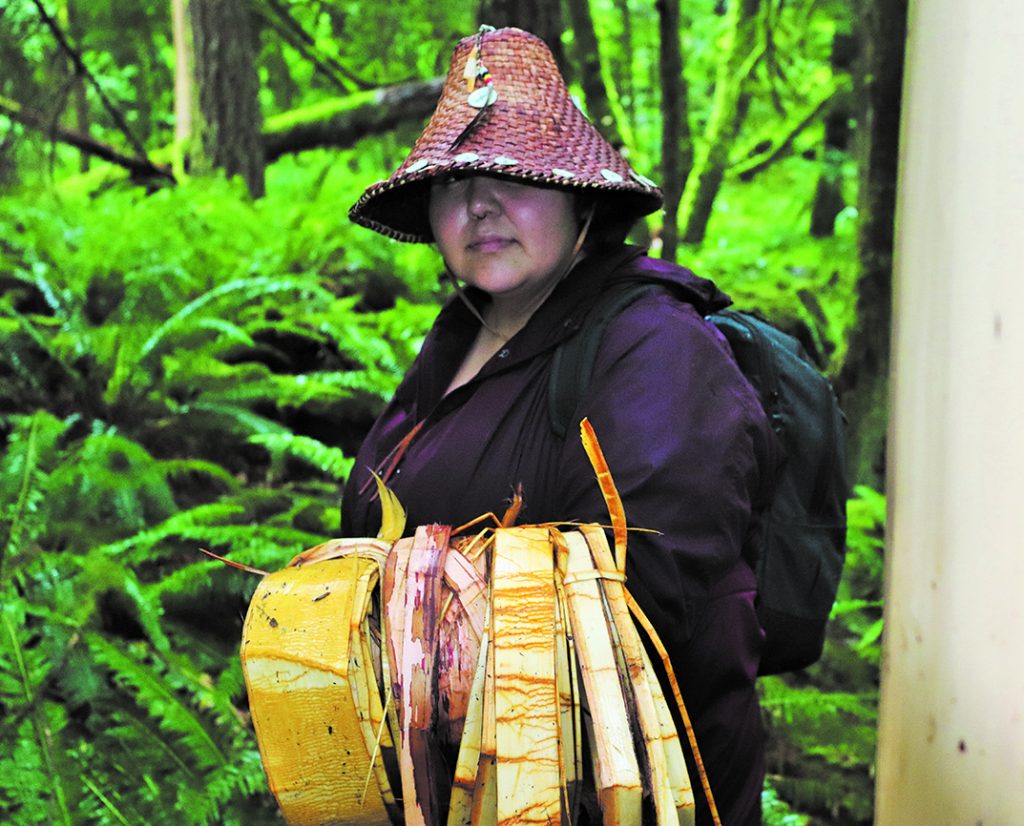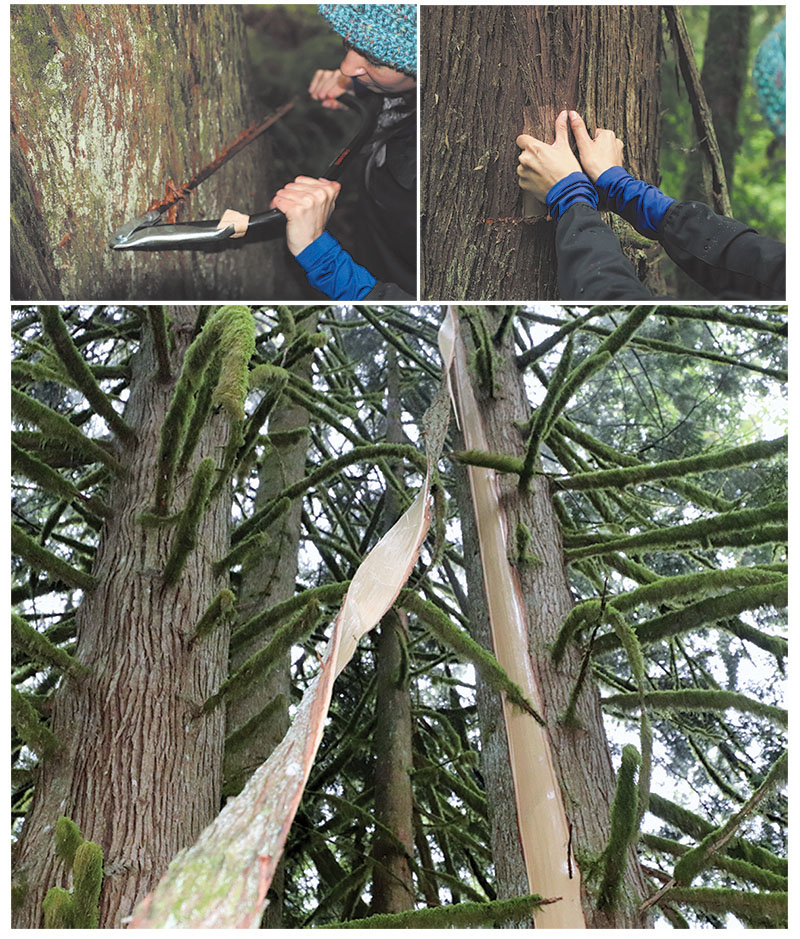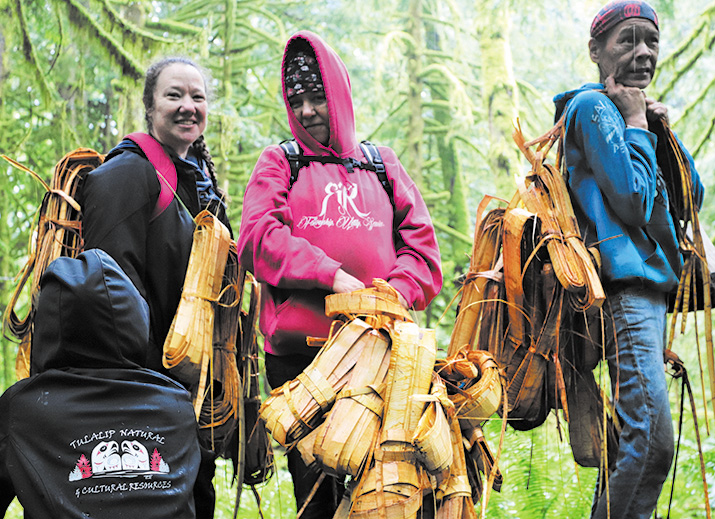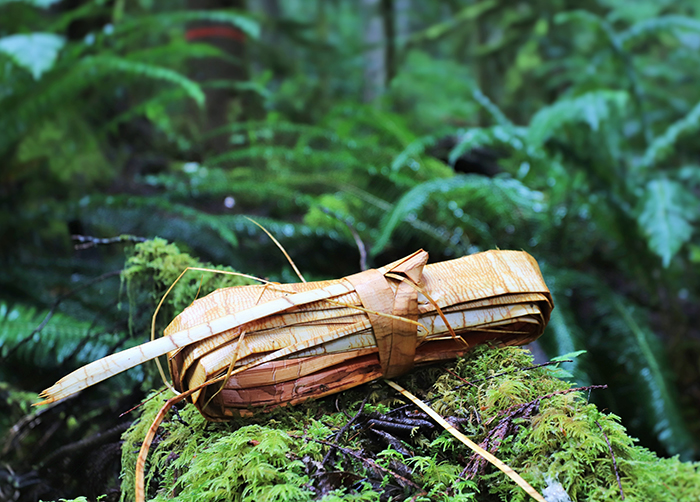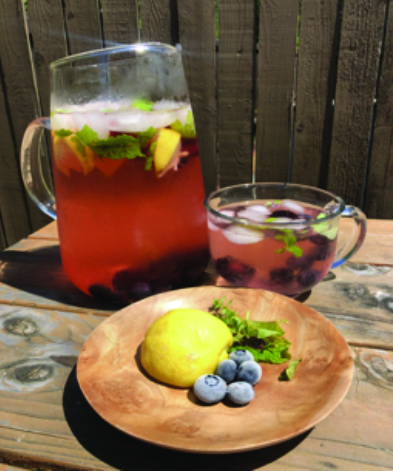
Submitted by Tulalip Tribes SNAP-Ed Coordinator, AnneCherise Jensen
Did you know that water makes up nearly half of your body weight? Naturally, the human body loses water each day when you sweat, go to the bathroom, and complete simple, everyday tasks. The more active you are, the more water you lose. And when the temperatures are really hot, you tend to lose water even faster. That is why proper hydration is extremely important to your overall health, especially during the summer.
The human body requires water for survival – every cell, organ and tissue needs water to function properly. Water helps eliminate toxins and unwanted bio waste lingering in the organs. Water also helps regulate the digestive system, lubricate the joints, regulate blood sugar, lowers body temperature when needed, maintains electrolyte balance and boosts overall energy. Water is our friend, and proper hydration can help you reach many of your health and wellness goals. Here are some tips and tricks to help keep you hydrated this summer!
Calculating Your Hydration Needs:
The CDC recommends the average person drink at least 8 cups ( ½ gallon ) of water per day. However, some individuals may require more fluid needs than others. Typically, men require more fluids than women – generally, the more you weigh, the more fluids you will need. Individuals who spend a lot of time in hot weather or those acquiring more than 30 minutes of exercise per day will be at a higher risk for dehydration, requiring more fluid intakes. Individuals who are sick or have chronic medical conditions may also require more fluids. As a general rule of thumb, use this simple calculation to estimate how many cups of water you should probably be drinking a day:
Weight in Pounds x .66 = ___ ounces of fluid / divided by 8 *Note there are 8 ounces in a cup so divide the total number of ounces by 8 to convert ounces to cups.
Example 1: 160 lbs. x .66 = 105.6 ounces /8 = 13.2 cups of water a day
Example 2: 210 lbs. x .66 = 138.6 ounces /8 = 17.32 cups of water a day
Note – you should try to add 12 ounces of water to your daily total for every 30 minutes of strenuous physical activity. So if you work out for 60 minutes daily, you would add 24 ounces (or 3 cups) of water to your total daily intake.
Dehydration Warning Signs:
When dehydrated, bodily functions can be negatively impacted. Ultimately, the best way to avoid dehydration is to avoid it before it happens. However, in case you or someone you know becomes dehydrated, it’s important to be aware of some of the early warning signs. In doing so, you can begin to replenish your fluid levels before more dangerous symptoms occur, such as heat stroke. Here are some of the following warning signs of dehydration you should know:
Thirst, dark urine, headache, little to no urine loss, flushed skin, increased body temperature, dizziness, increased weakness, vomiting, fainting.
8 Helpful tips to help keep you hydrated this summer:
Eat foods high in water content. Most fruits and vegetables have high water contents and help fuel us with water, vitamins and minerals needed for good health. Some foods with high water content include watermelon, cantaloupe, oranges, lettuce, spinach, celery, carrots, strawberries, grapefruit, bell peppers, apples as well as soups and broths. Choose a variety healthy beverages. 100% fruit and vegetables juices that are low in sugar content are a great option. Milk choices like low fat regular milk, yogurts, soy, oat and almond milk help hydrate too. Another great option includes herbal iced teas, that offer a unique and earthy flavor. When choosing healthy beverages, try sticking to choices that are low in sugar content. For active individuals, sports drinks that contain electrolytes are a great option too!
Invest in a reusable water bottle. Invest in a durable, temperature controlled water bottle. Keep this with you throughout the day and make a habit to drink from it as often as possible. Not only will you be staying hydrated, but you will also help limit the use of plastic water bottles, in turn helping the environment.
Try infused water. One of my personal favorite summer beverages is infused waters. Plain water can get dull, so try adding frozen berries, lemon, limes, cucumbers and fresh herbs to liven up your water.
Drink water when hungry. Thirst is often confused with hunger, so when you’re feeling hungry, try drinking water instead. Doing so, may also contribute to a healthy weight-loss plan. Some research suggests that drinking water can help you feel more full throughout the day.
Develop a healthy hydration routine. For many of us, drinking water can be a chore. We often forget to drink water alongside our busy schedules. If that’s the case, try creating a hydration routine, setting specific times in the day you dedicate to hydrating yourself. For example, drink water when you wake up and at the beginning or end of every meal. Or try drinking a small glass of water at the beginning of every hour.
Drink water at restaurants. For those who are choosing to eat-out at this time, remember to drink the water that’s served, it’s free!
Find a hydration buddy. Time goes by fast, and it’s easy to forget drinking liquids. Find a friend or family member who wants to reap the health benefits of being properly hydrated. Team up, remind each other, and keep one another accountable!
Healthy Recipe: Berry + Herb Water Infusion
Ingredients
- One gallon filtered water
- ½ cup frozen berries
- ½ cup mint, basil or other fresh herbs
- 1 lemon, squeezed
- 2 cups ice
Directions
- Place ice and frozen berries in a water pitcher.
- Dice up fresh herbs to release aroma and flavors. Add to pitcher.
- Squeeze fresh lemon into pitcher + lemon wedges.
- Add water and stir all ingredients.
- Allow to infuse for 15 minutes for best flavor. ENJOY!
**This material was funded by USDA’s Supplemental Nutrition Assistance Program – SNAP. This institution is an equal opportunity provider.
Source: https://www.eatright.org/fitness/sports-and-performance/hydrate-right/hydrate-right
https://goodcalculators.com/water-intake-calculator/
https://www.cdc.gov/healthywater/drinking/nutrition/index.html
